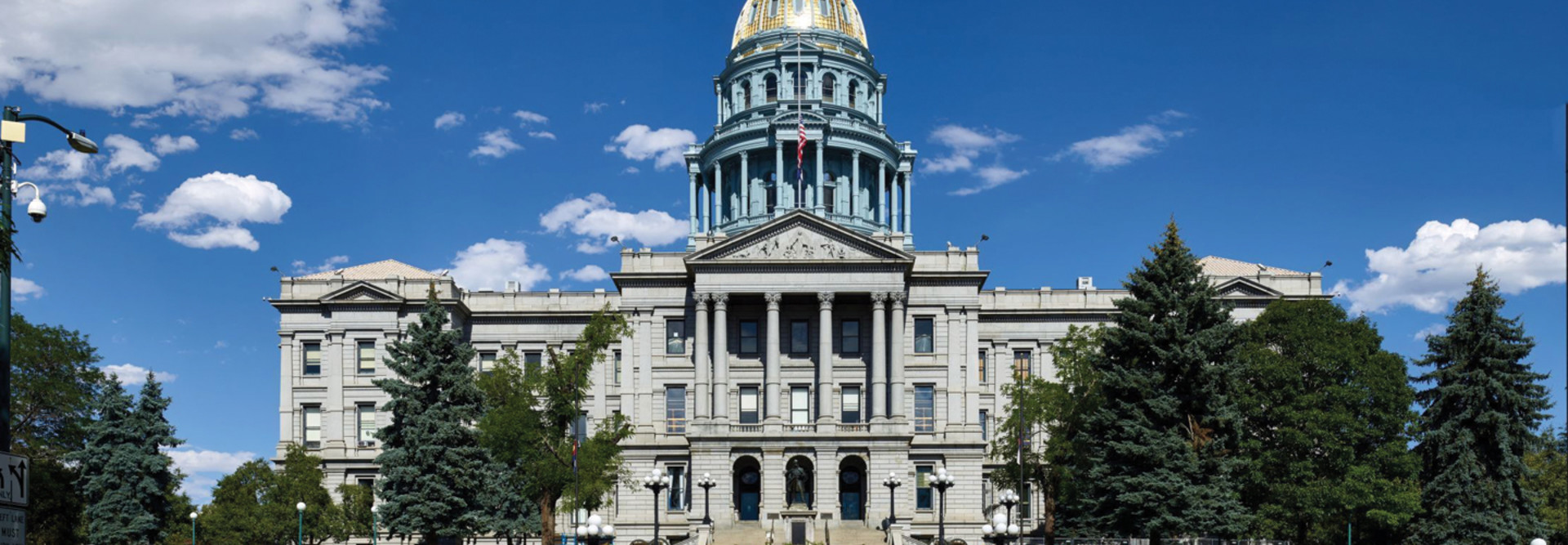How Colorado Plans to Address Technical Debt and Modernize
As the Legislative Council Staff notes, technical debt is “considered the gap between any existing technical asset and the ideal asset.” Such gaps may be a high-profile cybersecurity risk or the lack of critical business functions.
“Subsequently, as quality goes up, technical debt goes down,” the memo says. “Furthermore, technical debt may occur for various reasons. The pandemic, for instance, heightened the existing need to add or replace technology as organizations found an immediate need to support an expanded remote work force, improve broadband for remote learning and rural areas, and increase online government services.”
In 2020, Colorado unveiled its ReimagineIT program, designed to enact Gov. Jared Polis’s vision “to build increased agency IT accountability and ownership, collaborative IT governance and oversight, and a more nimble and process-oriented IT organization.”
Neal-Graves told StateTech in 2021 that the program, which got underway in the third quarter of 2020 and has a timeline of 24 months, covers everything from how the state deploys new digital services to the decommissioning of legacy systems. It also encompasses elements such as IT talent development, IT financial management, cybersecurity, and IT leadership and governance.
RELATED: How have state governments let go of mainframe applications?
Neal-Graves tells StateScoop that Colorado, like many other states, “dug a hole for ourselves” in recent decades. However, federal funding from the American Rescue Plan Act and other sources can help Colorado get out from under it.
“It not only makes the state more secure, but it saves us money,” he says. ROI calculations “show that if we can retire some of this old technology that requires a lot of manual intervention to maintain, we could actually not have to invest ongoing general funds to support those systems all the time.”
Colorado’s Office of Information Technology is collaborating with state agencies to identify each one’s technical debt, and Neal-Graves says figures will probably continue to grow. Updating legacy IT systems is crucial for the state to both save money and support modern digital government services.
However, Neal-Graves says, shifting the approach to IT for both legislators and agencies will require a long-term rethinking of culture. He says Colorado has made good progress in spending time with the agencies and getting them to understand their roles and better define their business needs. That understanding includes requirements, desired outcomes and how technology can enable them.
“But it’s a long-term investment,” he says. “It’s not something you just say we’re going to do it in six months and everything’s going to be great when we’re done. You have to be in this for the long term if you want to make those kinds of changes.”
EXPLORE: What are the main options for migrating off of a legacy mainframe?











